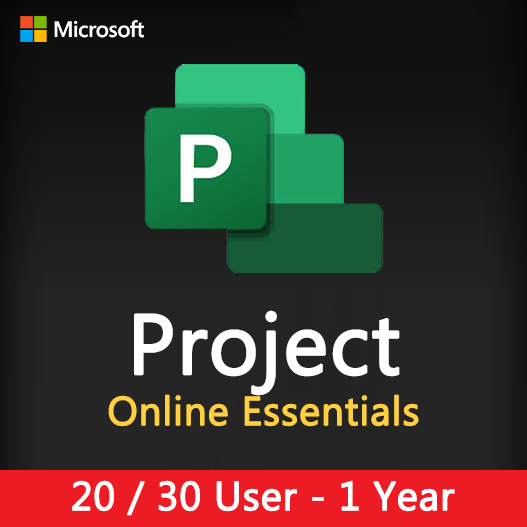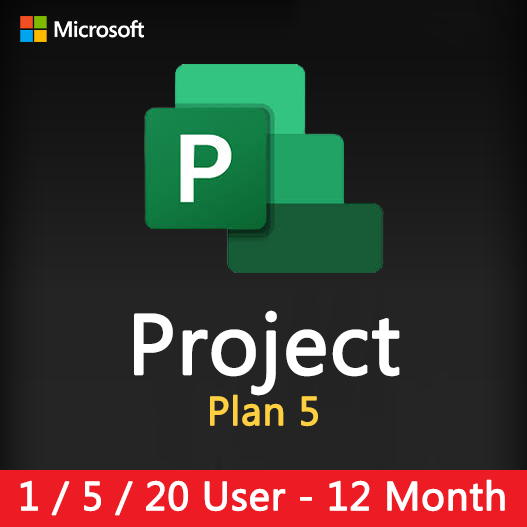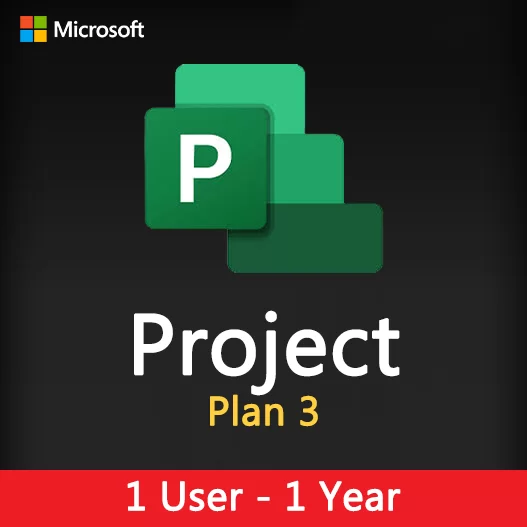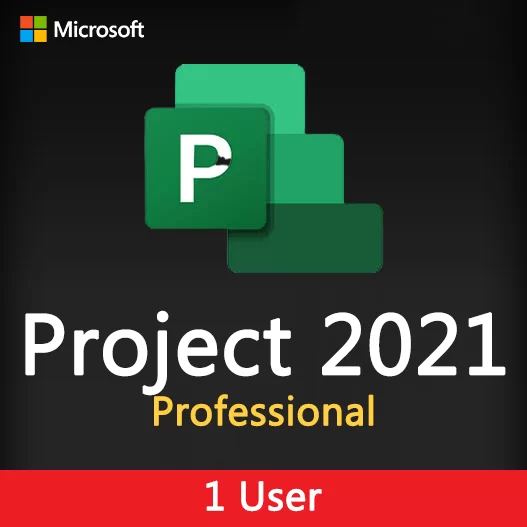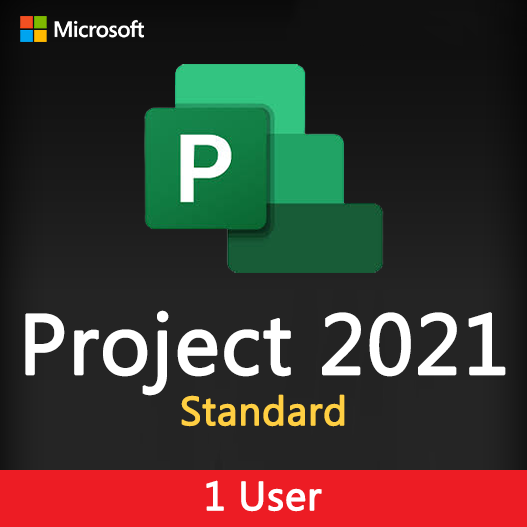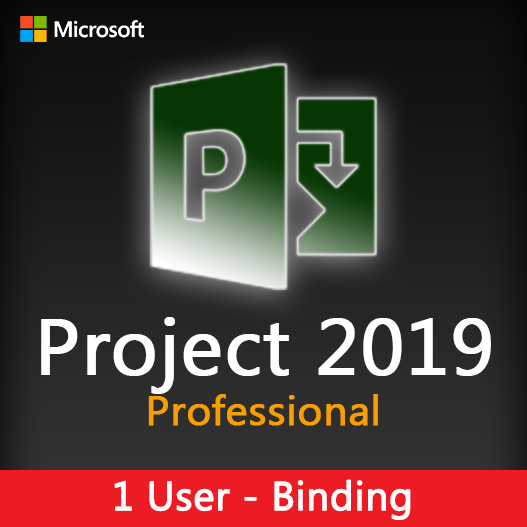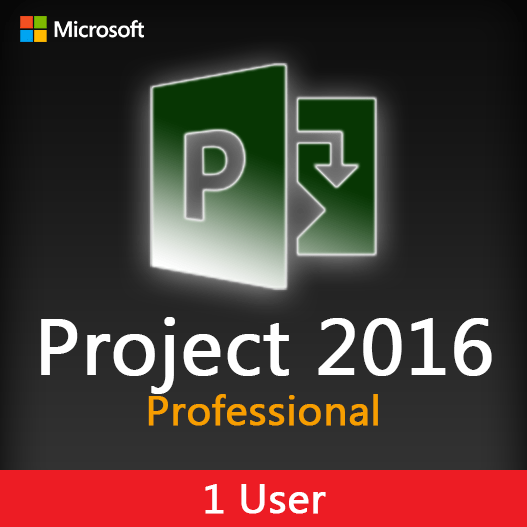Home » Getting Started with Microsoft Project: Project Planning Essentials
Getting Started with Microsoft Project: Project Planning Essentials
Project planning is a critical phase in any project’s lifecycle. It involves defining objectives, setting timelines, allocating resources, and establishing a roadmap for success. Microsoft Project is a powerful project management tool that simplifies project planning and execution. In this guide, we’ll introduce you to the essentials of getting started with Microsoft Project.
The Importance of Project Planning
Effective project planning is essential for several reasons:
- Clarity: It provides a clear understanding of project goals, roles, and responsibilities.
- Resource Allocation: It helps allocate resources efficiently to ensure tasks are completed on time.
- Risk Management: Project planning identifies potential risks and allows for risk mitigation strategies.
- Communication: It establishes a framework for communication among team members and stakeholders.
What is Microsoft Project?
Microsoft Project is a project management software application developed by Microsoft. It provides tools for project managers to plan, manage, and track projects of all sizes. Here are some key features of Microsoft Project:
- Task Management: Create, schedule, and manage project tasks.
- Resource Management: Allocate and manage resources, such as people and equipment.
- Timeline Visualization: Create Gantt charts and timelines to visualize project schedules.
- Cost Management: Track project costs and budgets.
- Collaboration: Facilitate collaboration among team members and stakeholders.
Key Steps in Project Planning with Microsoft Project
Project Creation
Start by creating a new project in Microsoft Project.
Define Project Goals and Objectives
Clearly define the project’s goals, objectives, and scope.
Task Creation and Sequencing
Create a list of project tasks and establish their dependencies.
Resource Allocation
Allocate resources to tasks and ensure that team members are assigned appropriate roles.
Timeline Development
Develop a project timeline or Gantt chart to visualize task schedules and dependencies.
Cost Estimation
Estimate project costs, including labor, materials, and other expenses.
Risk Assessment
Identify potential risks and develop a risk management plan.
Communication Plan
Establish a communication plan to keep stakeholders informed.
Baseline Creation
Set a project baseline to track progress against the original plan.
Monitoring and Adjustments
Continuously monitor project progress, make adjustments as needed, and track actual performance against the plan.
Getting Started with Microsoft Project
Installation
Install Microsoft Project on your computer or use the web-based version, Microsoft Project for the Web.
Template Selection
Choose a project template that aligns with your project’s type and goals.
Task Creation
Start by adding tasks to your project, specifying their names, durations, and dependencies.
Resource Assignment
Assign resources to tasks, ensuring that workloads are balanced.
Timeline Visualization
Create a Gantt chart or timeline to visualize the project schedule.
Cost Estimation
Estimate project costs and allocate budgets.
Estimate project costs and allocate budgets.
Continuously monitor project progress, update tasks, and generate reports to keep stakeholders informed.
Microsoft Project is a powerful tool that streamlines project planning and execution. By following the essential steps outlined in this guide, you can kickstart your project planning journey and ensure that your projects are well-organized, efficient, and successful.
Recent posts
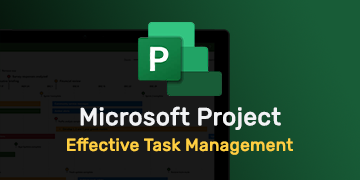
Effective Task Management in Microsoft Project
Discover how to efficiently manage tasks and improve project outcomes using Microsoft Project’s task management features.
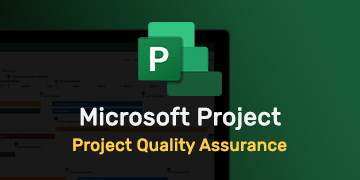
Project Quality Assurance and Microsoft Project
Learn how to implement effective project quality assurance using Microsoft Project for better project outcomes and compliance.
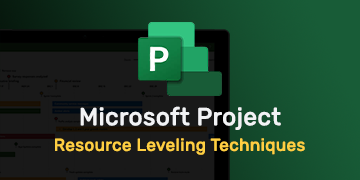
Resource Leveling Techniques in Microsoft Project
Learn how to optimize resource allocation and prevent resource overallocation in Microsoft Project for smoother project management.
